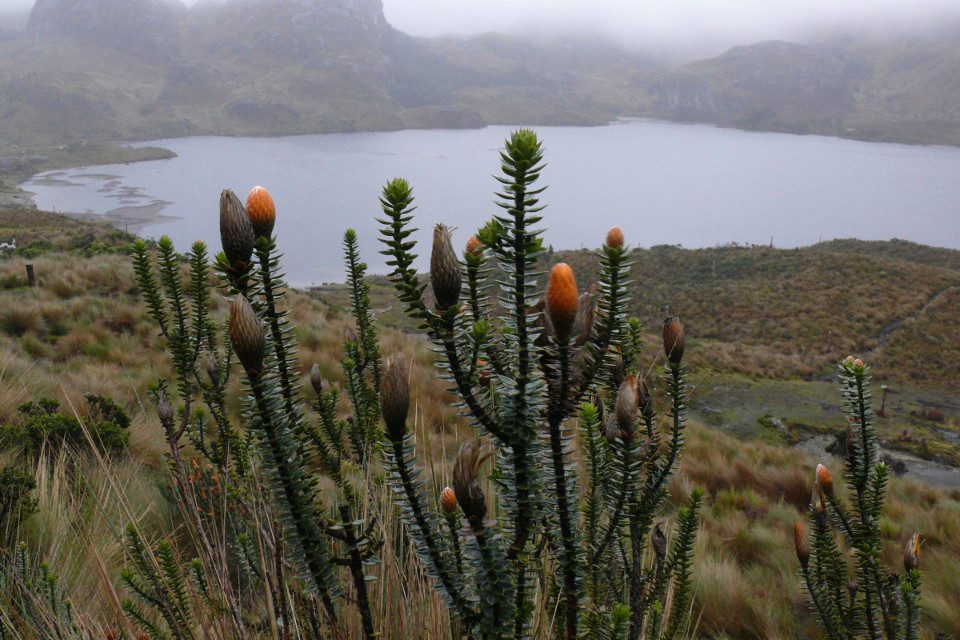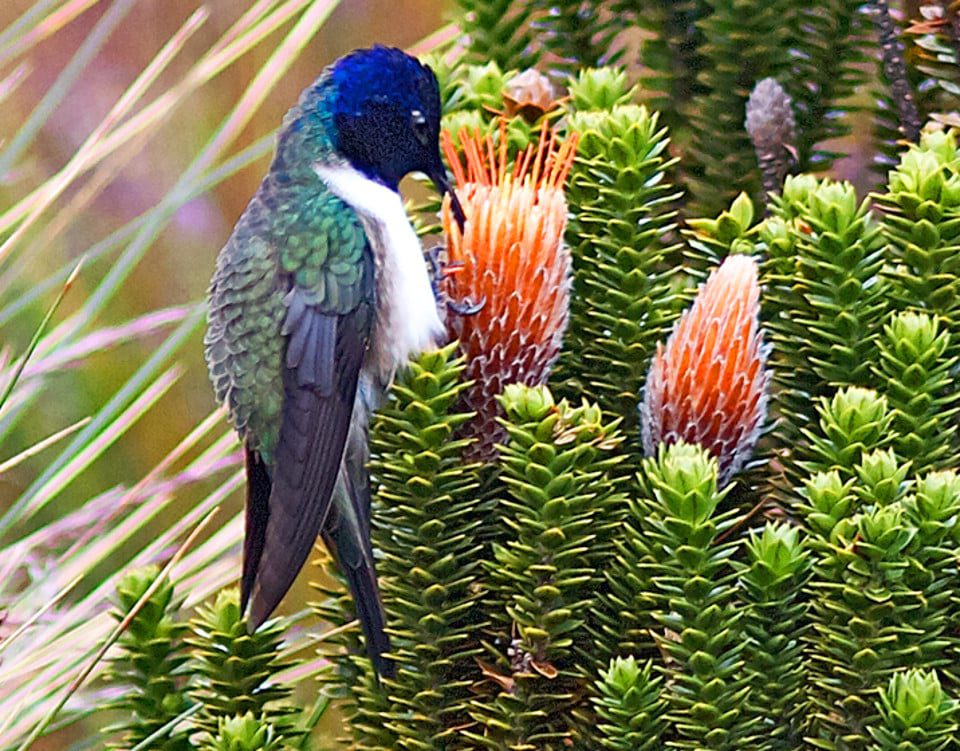TALK TO A DESTINATION EXPERT

Diego Zapata

Rosa Mena

Sandy Lara

Diego Zapata

Rosa Mena

Sandy Lara
The Andes Mountains have an undeniable beauty. It perhaps has something to do with their abrupt and colossal features, combined with the subtle colors of the moor. The Andes are all about contrasts. The harshness of the rock under the deep blue sky. The silky look of snow and glaciers against the brown and reddish hues of their slopes. The way the sun burns the skin and the piercing cold wind chills the bones. The innocence of flowers that grow in such inhospitable environments yet grow with thorn-covered leaves and petals. This is what the chuquiragua is and more. An unlikely flower that grows above 3,000 metres (9,842 ft) and adorns the mountain slopes with its intense fire-like tonality and shape. Read on to learn more about the strange and beautiful chuquiragua, otherwise known as the “flower of the Andes”.

Facts about Chuquiragua, the Flower of the Andes
The Chuquiraga jussieui, also known as the “national flower of Andean mountain climbers” and the “flower of true love”, belongs to the Ateracae family and is native to the highlands of Colombia, Ecuador and Peru. It’s a shrub that grows as tall as 1.50 m, with flowers that are as large as 2 cm. In Cotopaxi, some 3m tall bushes have been observed. One of its most important features is actually not noticeable in plain sight. Rather, it becomes evident the moment someone tries to cut a branch or a flower with their bare hands. Its branches – fully covered by a rugged, resistant bark, and small yet hard and pointy leaves – require careful maneuverability, as does its flame-shaped orange flower. This aggressive feature serves as the plant’s defense mechanism against herbivores. For this reason, those who have been scratched by its pointy leaves and petals before, know best to use a pocket knife or any cutting device if they wish to take one home with them. The only animal species that has adapted to feed on it is the tiny Oreotrochilus Chimborazo hummingbird, or Ecuadorian Hillstar.

Health Benefits
Though it’s advised not to cut chuquiraguas because they are an endangered species, they are known amongst highland locals for their health benefits. Its roots, leaves and flowers have diuretic properties and are usually prepared as a tea. The plant also helps with intestinal and liver functions. It has healing and anti-inflammatory properties that helps stimulate the immune system.
According to Legend…
Even though no studies have been conducted to confirm this story, it is said that chuquiraguas only grow on the slopes of male mountains. Yes, in Ecuador, mountains have a gender! And many people know several of the most important mountains by their male or female gender, for example: Mama Tungurahua (mother Tungurahua), Rucu Pichincha (old man Pichincha), and Taita Chimborazo(father Chimborazo). It is also said that chuquiraguas are the “flowers of true love”, simply because it is so difficult to grab and get one. Only those that are truly in love will go through the hassle and pain of getting his or her hands scratched in order to give their significant other a magnificent chuquiragua.
If you happen to visit Quito and its must-see World Heritage colonial downtown, we recommend taking a couple of days to visit its amazing surroundings. Make Casa Gangotena your home in Ecuador’s capital and get acquainted with the highlands’ traditions and breathtaking landscapes. And, if you wish to see this beautiful and unique flower, head out and visit Cotopaxi National Park or drive further down south and get a glimpse of the impressive Chimborazo volcano. You’ll find this flower growing on its moors, ready to hypnotize you with its hostile beauty.

Javier Garcia

Eduardo Silva

Carolina Escobar
START PLANNING YOUR TRIP

Javier Garcia

Eduardo Silva

Carolina Escobar
Get in touch for more
CONTACT US


